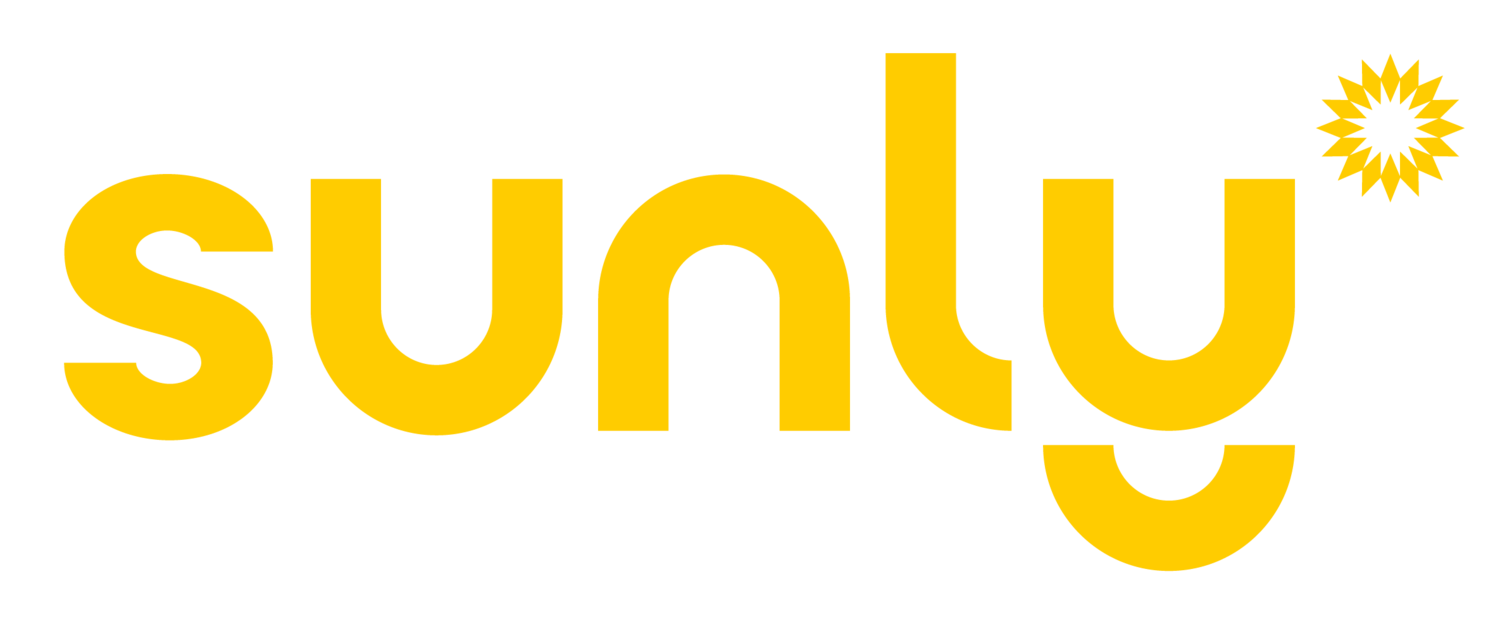Types of Solar Panel Inverters
So what are Solar Inverters?
Simply put, they make the energy captured from the sun into usable energy for our homes! These take the variable direct current (DC) that the solar panels output after they have captured the solar energy and change it to an alternating current (AC).
There are three main types of Solar Inverters:
String Inverters
String Inverters with Optimizers
Micro inverters
String Inverters
This means that the panels are strung together in groups of 5 to 10 and wired into the inverter. String inverters are typically the least complicated of the three. And therefore, are typically less expensive than the others.
The Disadvantages
The first is that if any one of the panels in the string gets covered in shade or snow, you lose all the power. The second disadvantage is that string inverters are typically not as flexible when it comes to laying out the panels. All of the solar panels have to be in the same direction, and at the same angle. If they are not, you produce less power from that string.
String Inverter with Optimizer
This is like a string inverter but as you guessed it, it uses something called optimizers on the roof. This is a little more complex, but the benefits are you get a lot more flexibility in how you lay the panels out. With the use of the optimizers you can have panels facing in multiple directions at multiple angles and still achieve an optimal amount of power output from the inverter.
The Disadvantages
The disadvantage with the string inverter and optimizers is that the two different components have two different warranties. The optimizers on the roof underneath the panels typically have a 25-year warranty but the inverter mounted on the wall typically has a 10-12 year warranty only. It’s often tricky understanding how warranties will play a role so head over to this article on reliability of solar panels to learn more.
Micro inverters
Enphase has one panel connected to one inverter.
The APsystem Microinverter has four panels that connect into one micro inverter.
Both of these allow for individual panels to power each inverter. In other words, if one panel happened to get shaded or to malfunction the rest would still be able to produce as much power as they could.
The next advantage of the two micro inverters is they allow for online monitoring of each individual panel. If you have an issue with one inverter or one panel you will be able to see that on your computer and very easily have a service call done to address that panel alone.
The Disadvantages
The downside to micro inverters are they are slightly more expensive than the string inverter and string inverter with optimizers.
In our opinion
The advantages of Micro inverters far outweigh the costs. Online monitoring of each individual panels allows you to be notified in real time when the system is not operating like it should. It will allow you to quickly resolve the issue and get back to producing power earlier and not loose any potential production. Being able to to easily identify exact locations of issues will also reduce the amount of time you to have to pay for a service tech. Instead of the tech having to spend 2 hours just to figure out where the issue is, they can in and already know what they have to fix.
To learn more about what product we use head over to our Specs

